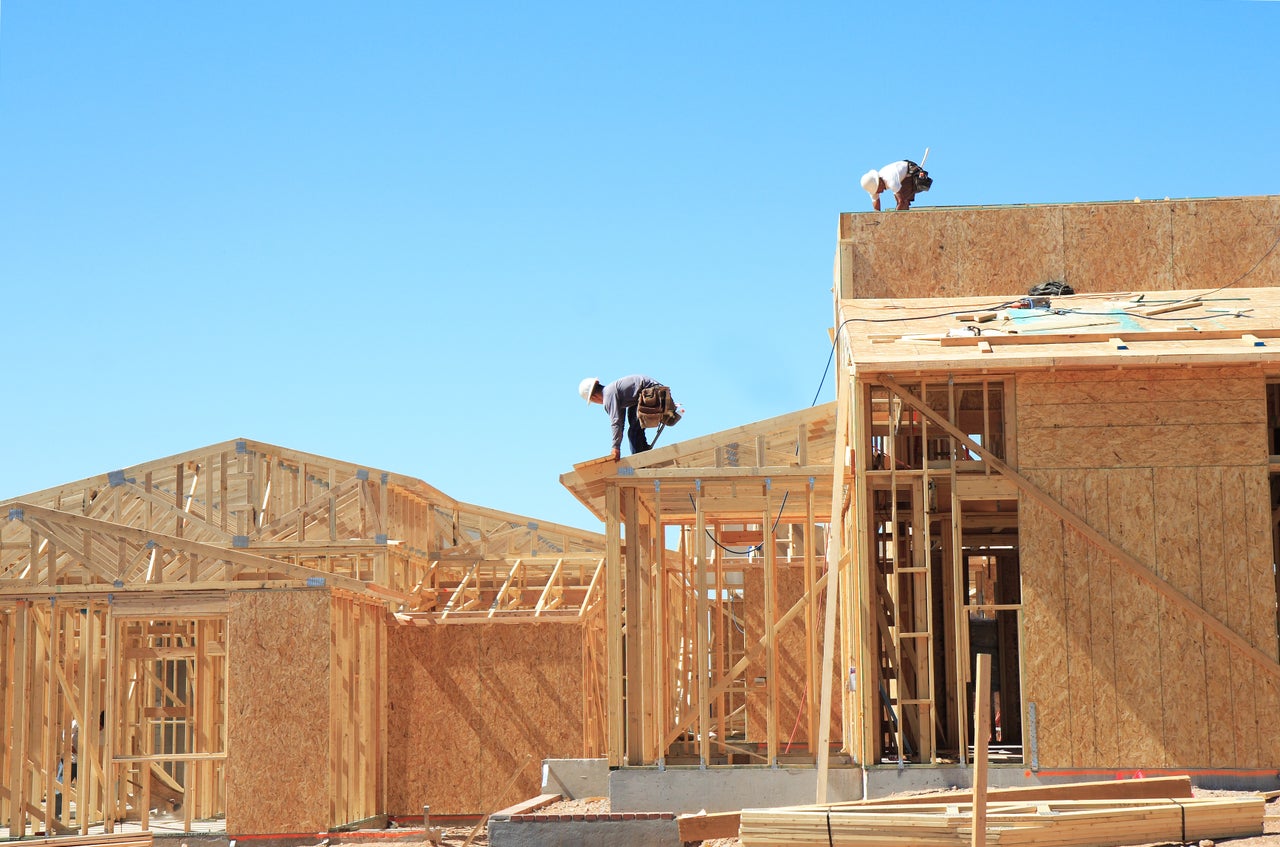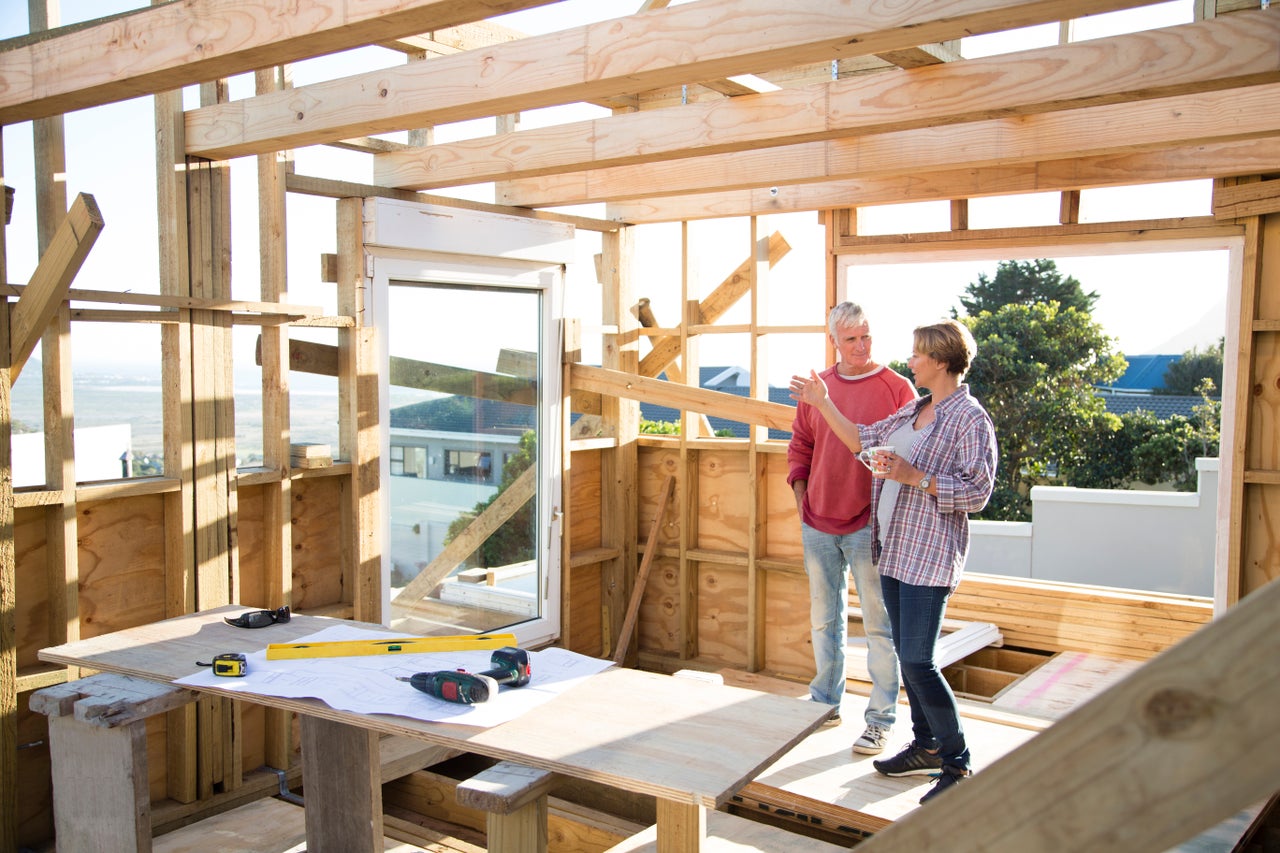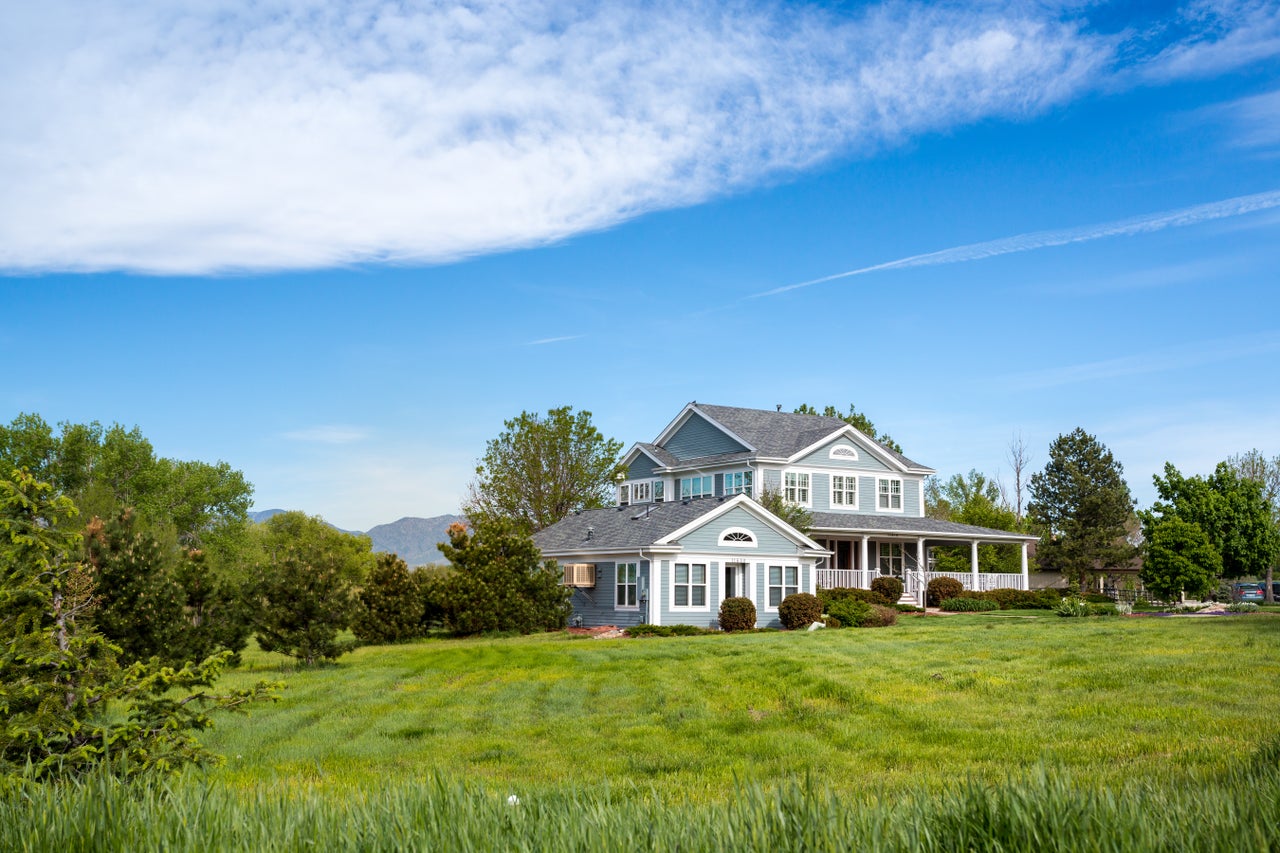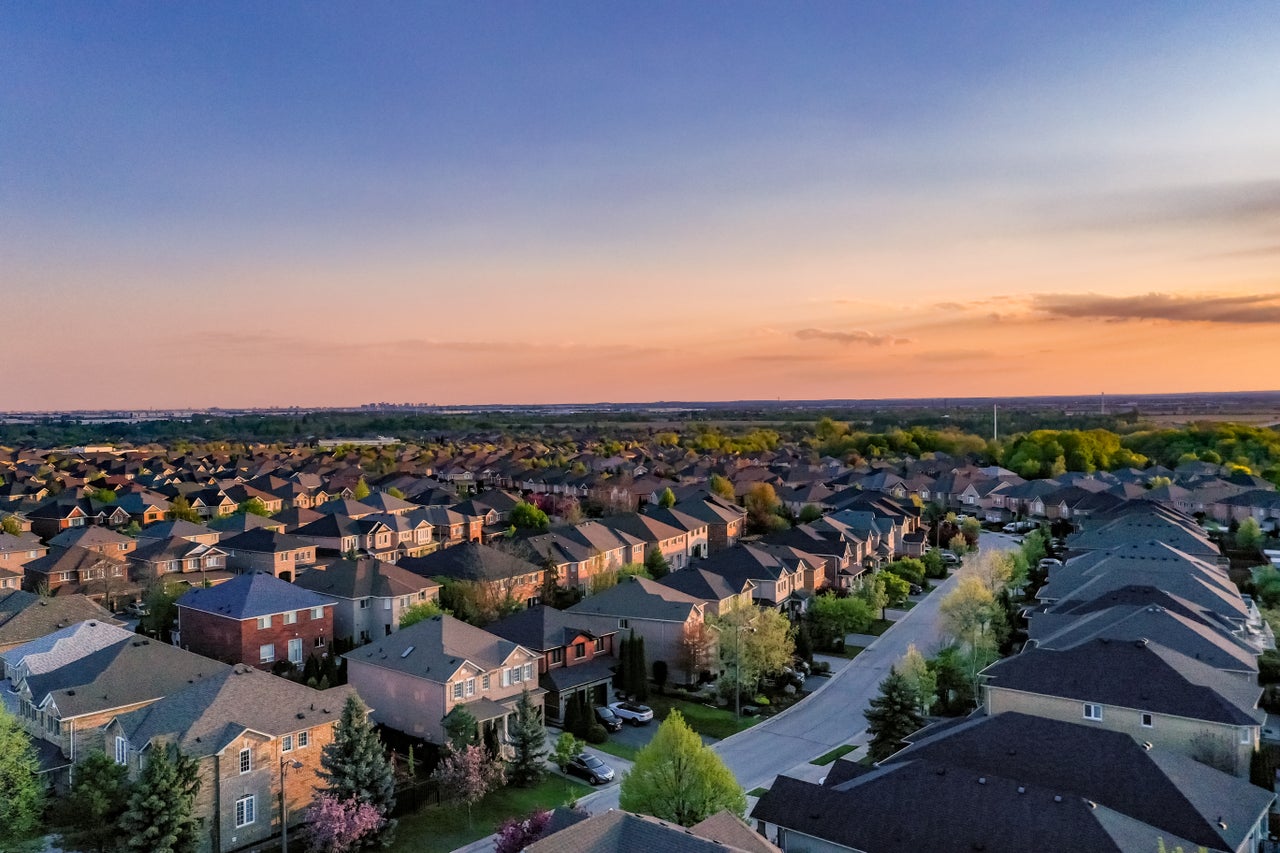Overview
The end of the 2025 spring homebuyers season ended softly, with slower price growth dominating the narrative and potentially opening the door to more buyers.
- Year-over-year price growth dipped to 1.7% in June 2025 and is now well below the rate of inflation and signals that real prices may be becoming slightly more affordable.
- Seasonal increases in home prices continues to be weak, up 0.1% compared to the month before, which is the slowest June monthly increase since 2008.
- West Virginia saw prices rise 5.5% year-over-year, entering the top 5 states with the highest home price growth. The full list includes Connecticut, New Jersey, Rhode Island, and Illinois, all of which continue to record more than triple the national rate of price growth.
- Florida, Texas, Montana, and Washington D.C. reported negative home price growth.

National home price growth
June 2025 data
Source: Cotality
Affordability meter
Source: Cotality
Insights from Chief Economist Selma Hepp
June saw home price growth remain below 2%, indicating a continued market slowdown. Housing markets in the Sun Belt have seen particularly noticable declines, while the Midwest and the Northeast are seeing seasonal price gains that align with pre-pandemic trends.
The Northeast has continued recording strong price growth as compared to the rest of the country. Connecticut, New Jersey, and Rhode Island topped the charts this month, posting 7.8%, 7.2%, and 6.6% growth, respectively. And while most of the areas are experiencing a slowdown in annual appreciation, home price appreciation in New Jersey has accelerated in recent months. Similarly, Hawaii and Kansas are appreciating at a faster pace than in April of this year, and a few other states, including North Dakota, Indiana, and Maine, are seeing a similar trend.
In addition to Northeast, the Midwest continues to rank high with robust price growth as the region boasts the highest affordability nationwide.
“Markets demonstrating strong fundamentals — such as those in West Virginia — where affordability remains attractive and domestic in-migration continues, are likely to see continued home price growth,” explained Cotality Chief Economist Dr. Selma Hepp. “Slowing price growth and increased for-sale inventories are gradually improving affordability, which has recently been at its lowest levels in more than 30 years. These changes are creating new opportunities for potential homebuyers who were previously unable to enter the market due to high prices. But, the extent to which buyers can enter the market is influenced by the stability of the labor market and the absence of major layoffs.”
Despite current affordability in many regions, the consistent increase in insurance premiums is eroding the promise of long-term affordability in homeownership. Rising variable costs such as insurance and property taxes are a concern across the country, having jumped 70% since 2020. Areas like Florida are particularly feeling the squeeze.
“Housing markets are currently undergoing a period of transition, with an increasing proportion of markets experiencing annual declines in home prices. In June, 20% of the 949 large and small metropolitan areas recorded price reductions — the highest percentage since 2012,” said Dr. Hepp. “However, this softness is primarily concentrated in southern and southeastern markets, including major metropolitan areas in Florida, Texas, and the San Francisco Bay Area.”
The split character of markets across the country is also apparent between the rental and the purchase market. Single-family rents increased by 2.9% between June 2024 and June 2025, and have remained in the range between 2.5% and 3% over the last year, standing in contrast to decelerating home price growth. But this trend is unsurprising. Many buyers remain deterred by high home prices and elevated interest rates and are staying in the rental market, which is driving up demand.
Even though the housing market is seeing a slowdown in price increases, prices are still rising. This month’s median sales price for a single-family home is $403,000. Still, price growth is now under the rate of inflation, which means that relative prices are inching closer to affordability and have laid the foundation for a buyers’ market going forward.

Top 10 hottest markets
Source: Cotality
Top 10 coolest markets
Source: Cotality
Which areas are affordable?
Tracking the top 5 highest and lowest U.S. median sales prices
Source: Cotality
Markets to watch
Tracking markets with a very high risk of price decline in the top 100 CBSAs
Source: Cotality
High-risk market home price trends
Source: Cotality
















.jpg)
